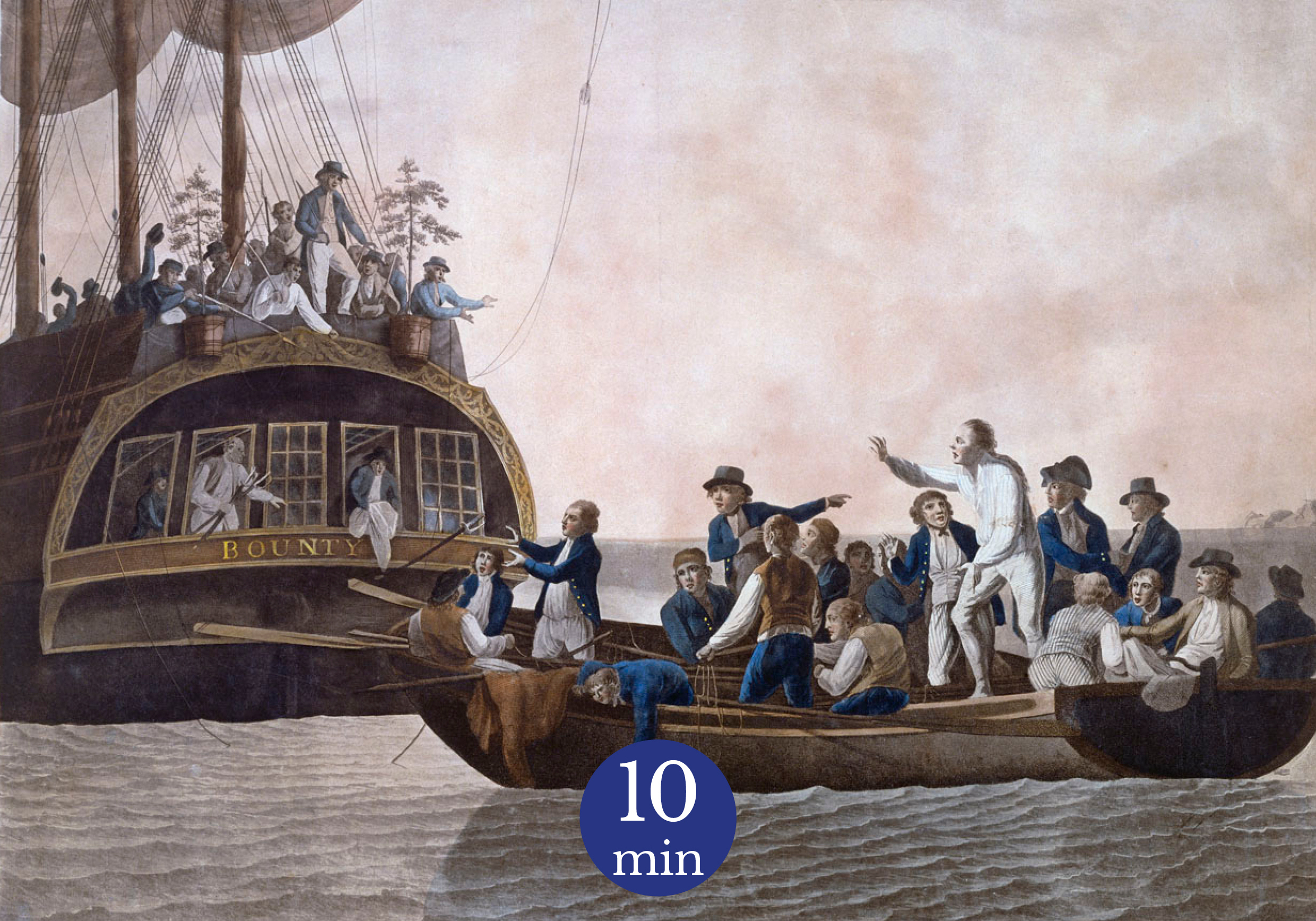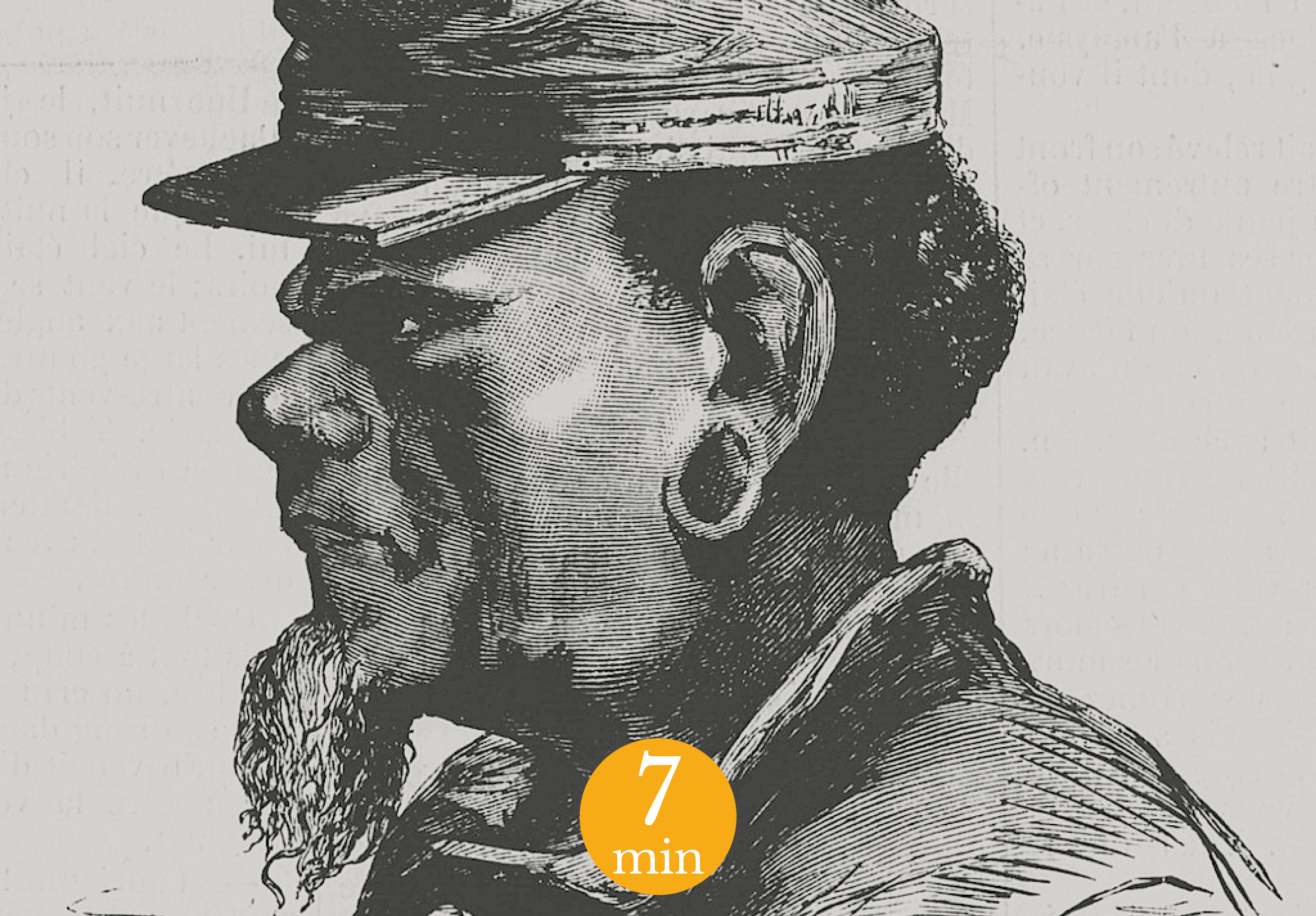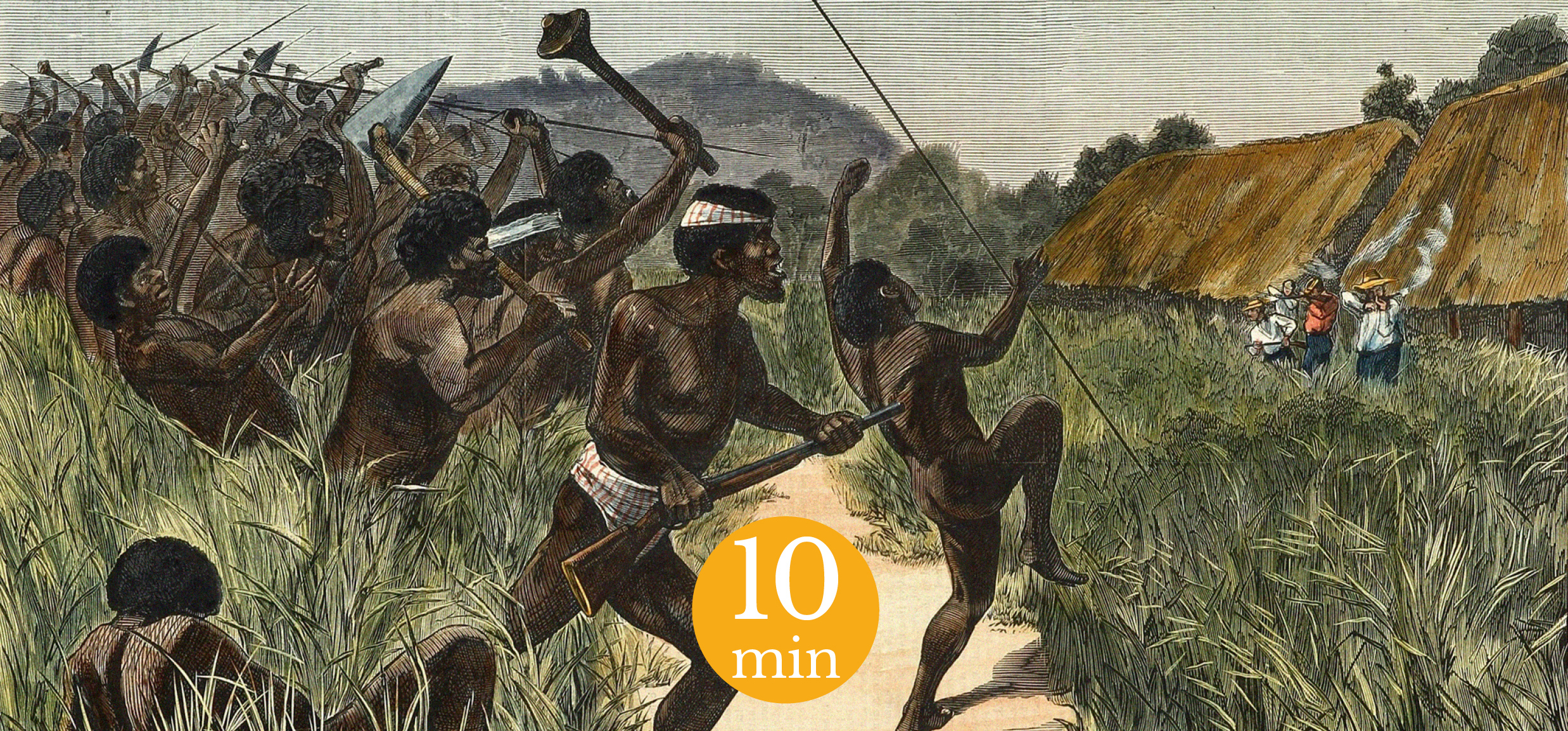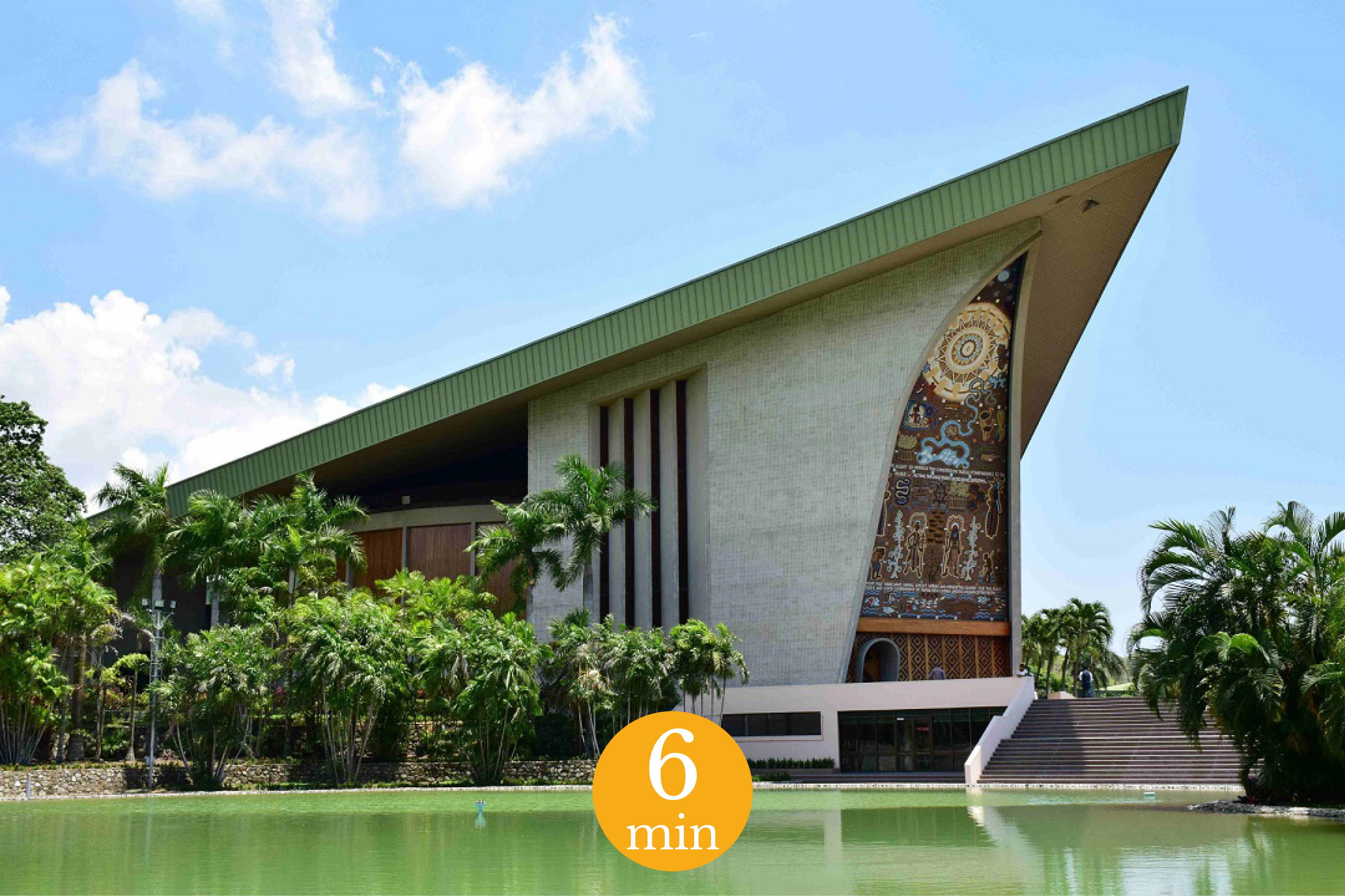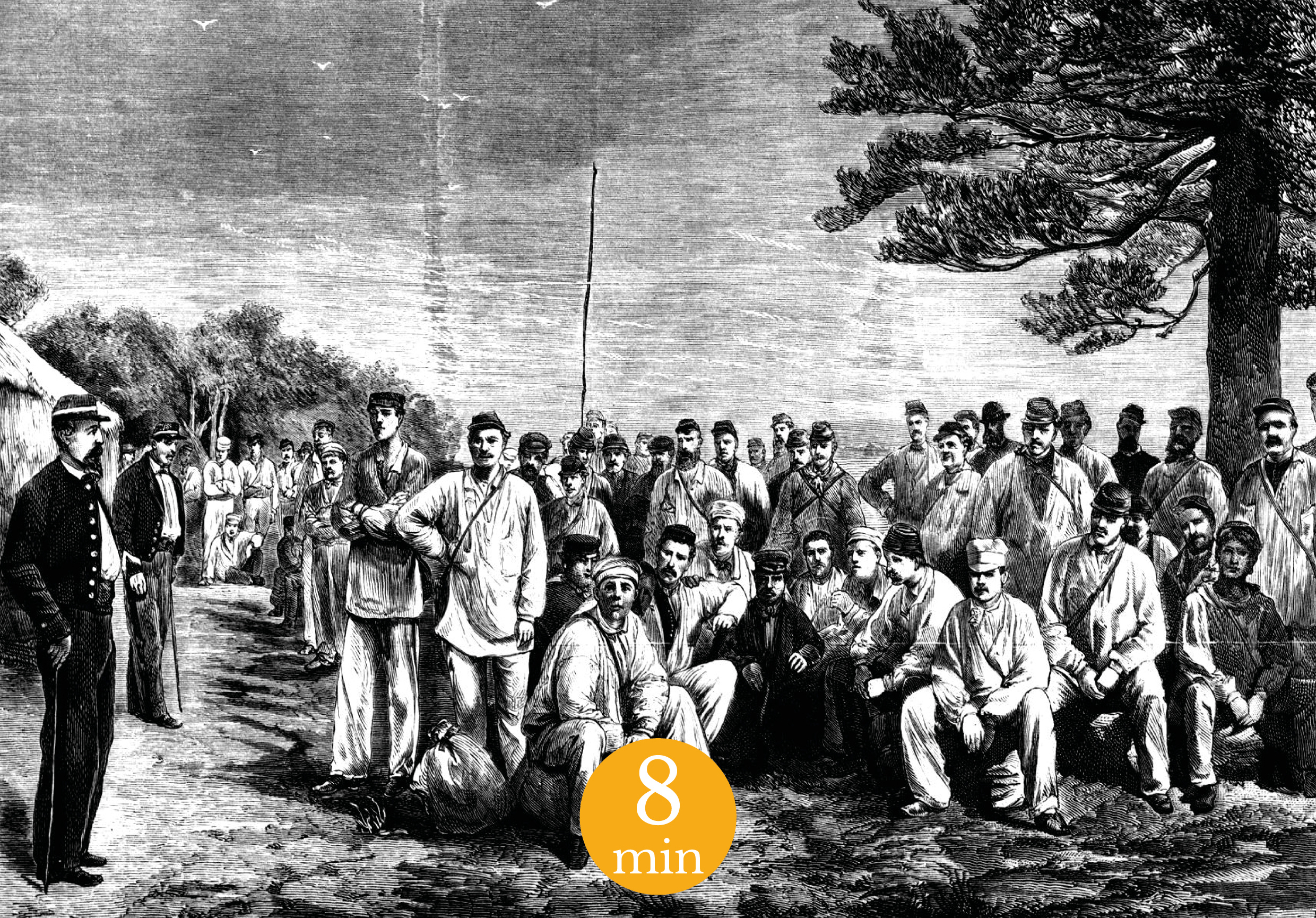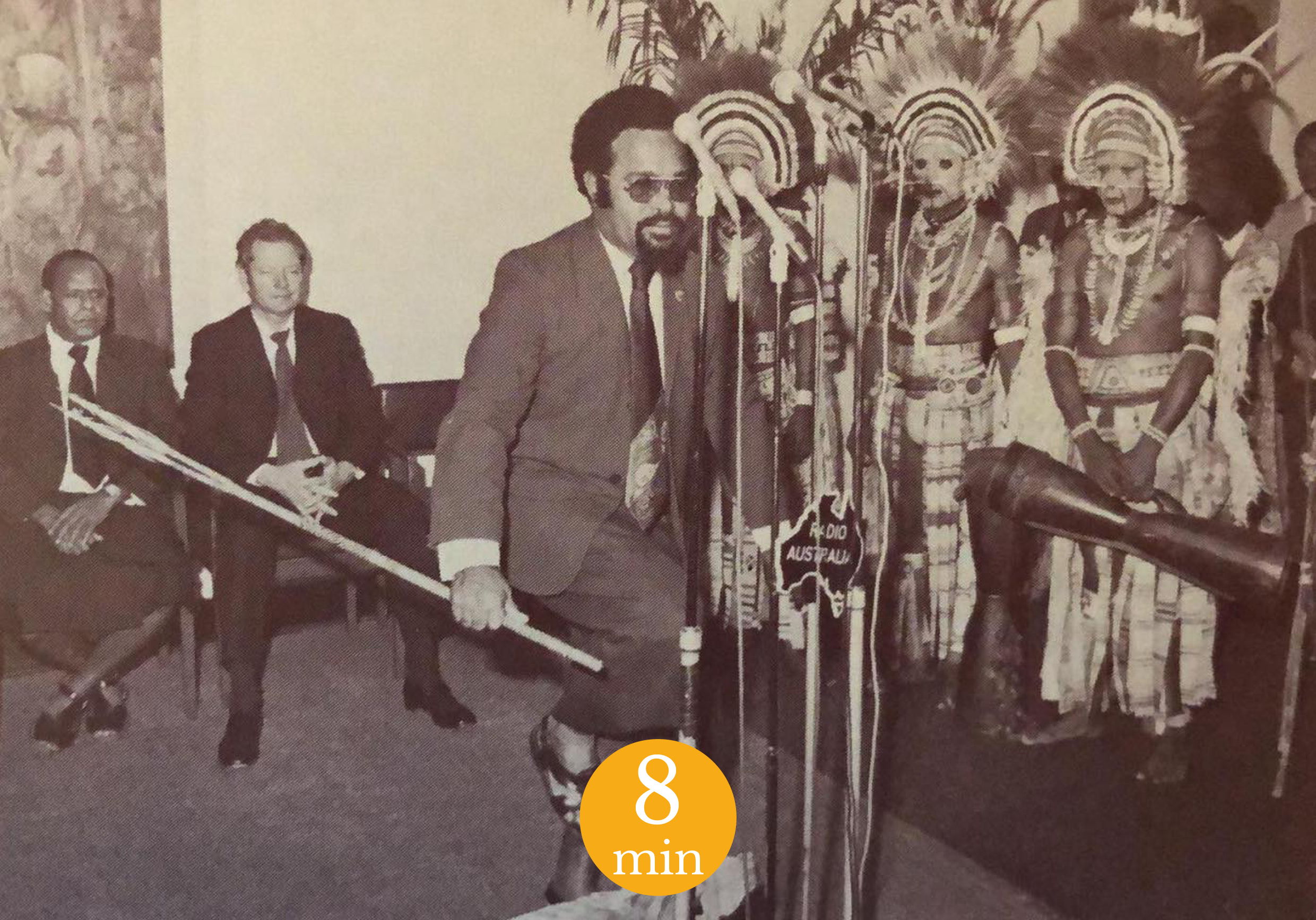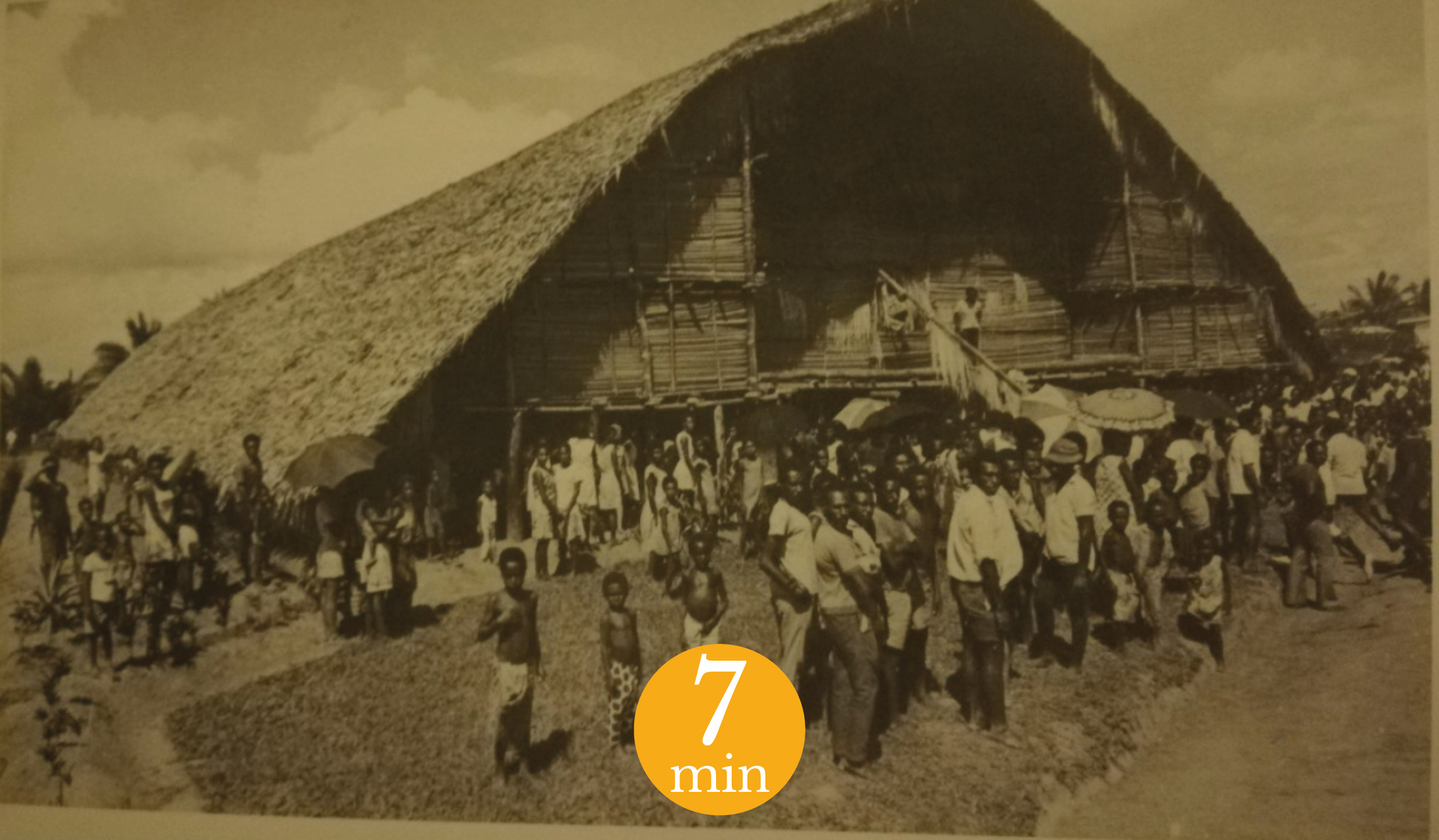Après l’écrasement de la Commune insurrectionnelle de Paris, 4500 Communards sont déportés en Nouvelle-Calédonie, dont 25 femmes.1 Parmi elles, Louise Michel, sur qui pèsent sept chefs d’accusation : « 1 – attentat ayant pour but de changer le gouvernement ; 2 – excitation à la guerre civile ; 3 – port d’armes apparentes et d’uniforme militaire ; usage de ses armes ; 4 – faux en écriture ; 5 – usage de faux ; 6 – complicité, par provocation et machination, d’assassinat de personnes retenues, soi-disant, comme otages par la Commune ; 7 – complicité d’arrestations illégales, suivies de tortures et de mort »2 (le Conseil de guerre ne retiendra cependant que la charge numéro 3). En août 1873, après vingt mois passés à la prison de l’Abbaye d’Auberive (Haute-Marne), elle est embarquée à destination de la Nouvelle-Calédonie. Au cours des quatre mois que dure le voyage, Louise Michel, jusqu’alors socialiste blanquiste3, est convertie aux thèses anarchistes4 par Nathalie Lemel (1827-1921)5, autre grande figure de la Commune de Paris. Le 14 décembre 1873, elles sont débarquées à la presqu’île Ducos, dédiée à la déportation en enceinte fortifiée, où elles partageront la même cabane. Read More

